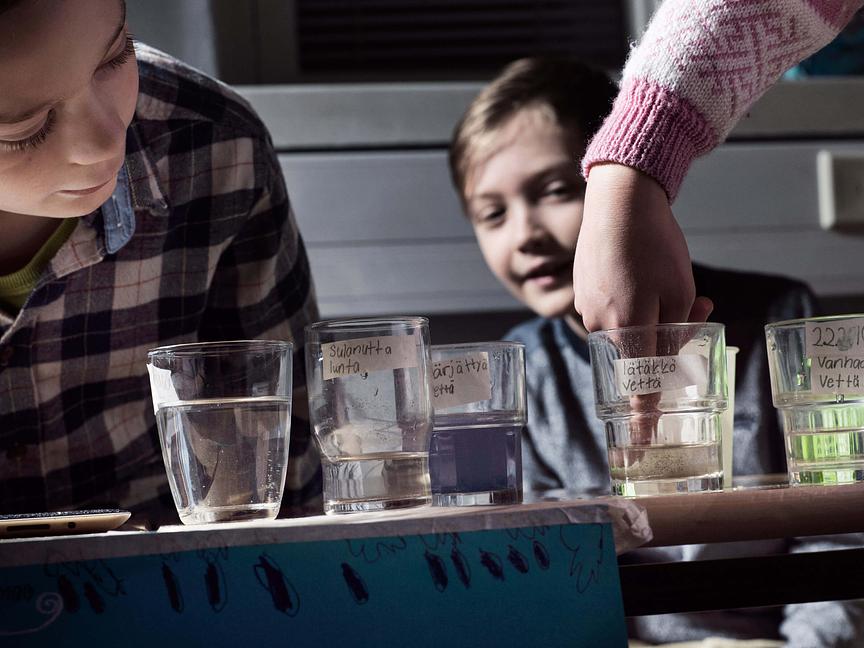Our world keeps changing and evolving so it is important to investigate new things in order to understand them. The labor market of tomorrow will also value curiosity and people who are confident researchers.
This is why we should support this type of confidence, attitude and abilities to investigate new things from early childhood onwards. Both preschools and elementary schools should consciously support the development of curiosity. When children's questions lead to positive feelings and experiences, they will develop a sense of significance and that their thoughts have value.
The main goal of science education for small children is to associate the joy of discovery and success to investigating themes from math and natural sciences. An investigative touch instills a curious attitude in the children and emphasizes the significance of proactivity. It also provides them the tools to observe, measure and classify, not to mention supporting critical thinking and teamwork skills.
The innovation was born out of studies showing that science education should begin already during childhood. Children are interested in many things and are willing to investigate them. Early science education taps into this and focuses on learning investigative skills. This is the first model to put children in the center through playfulness.
Postdoctoral Researcher Jenni Vartiainen set out to answer this need with a doctoral dissertation conducted in cooperation with LUMA Centre Finland. The result is the Vartiainen science education model (Vartiainen, 2016) introduced in this innovation. This model was employed during 2013–2016 in LUMA's clubs for small children and has been used in Hoksaus Science science academy since 2017.
The following five steps describe the science education model. In other words, it is a recipe for a successful science education project incorporating investigative learning methods and a playful attitude. The examples illustrate a science education project that was built on a theme based on the preschoolers' interests.
You can implement the project directly or use the steps as a guide to design your own project.



